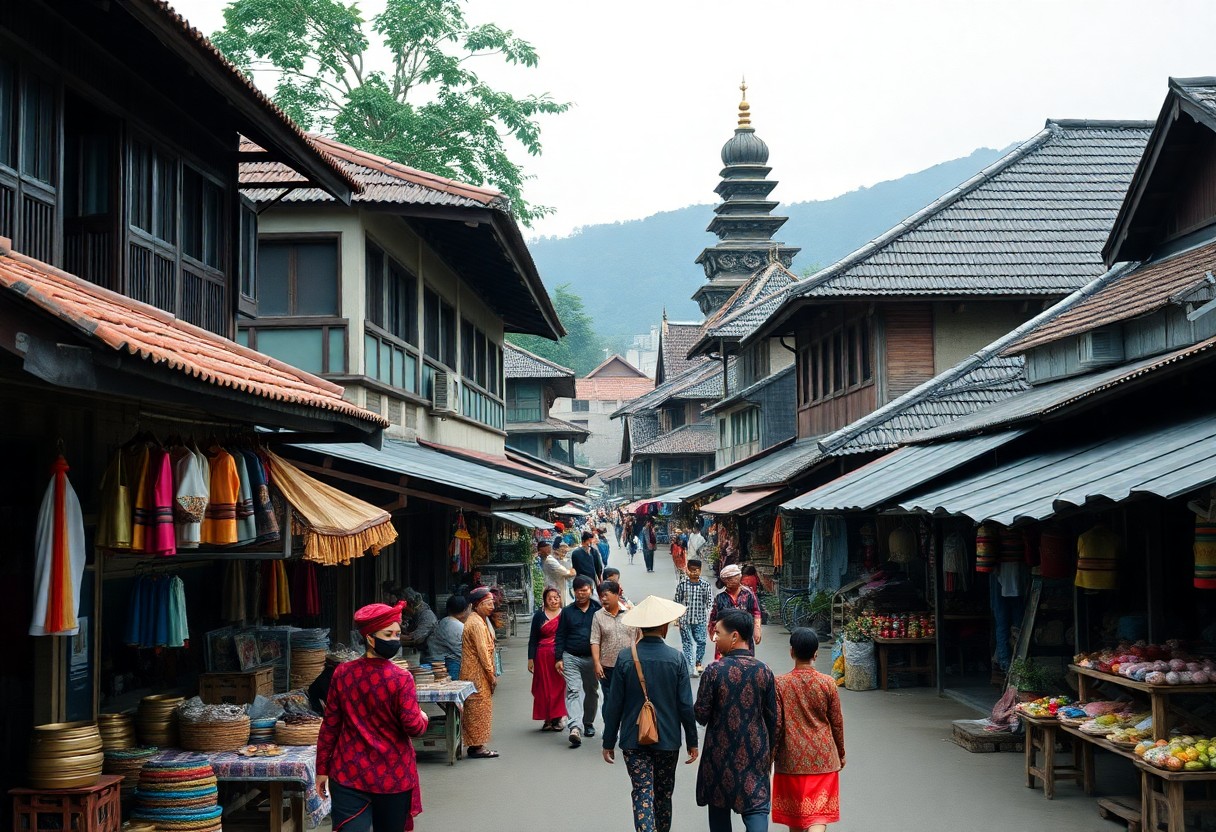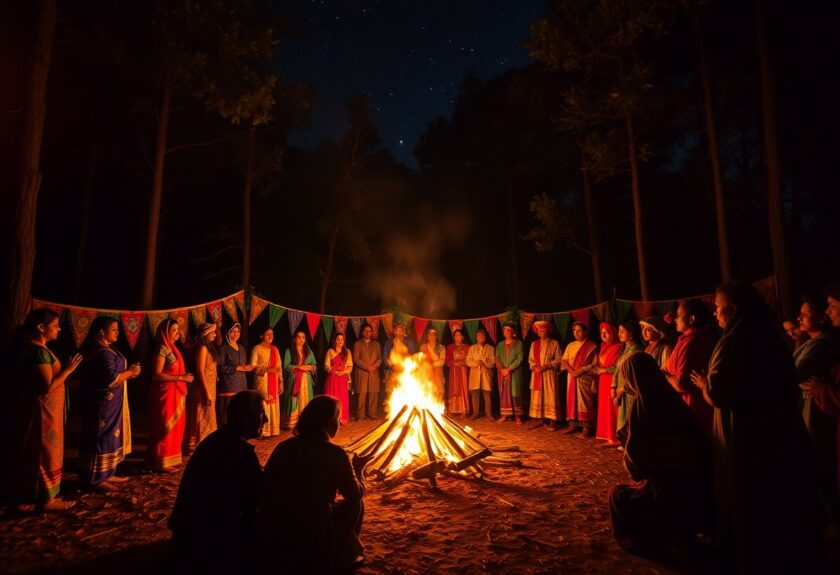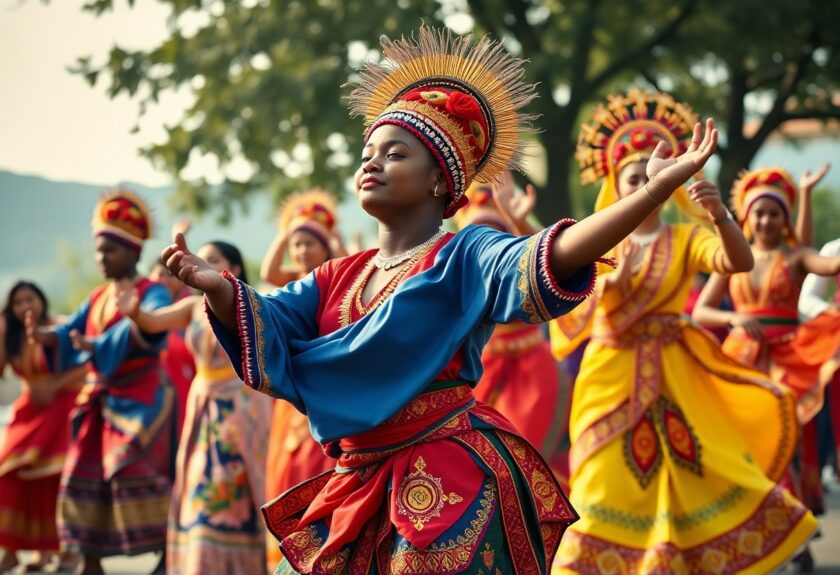You are invited to examine into the rich cultural and historical tapestry of Indonesia, a nation renowned for its vast diversity and storied past. With over 17,000 islands, varying ethnic groups, and a blend of ancient traditions and modern influences, Indonesia offers a unique exploration of heritage that goes beyond its borders. This blog post will guide you through the vital aspects of Indonesia’s cultural legacy, highlighting its significance in the broader context of Southeast Asia and the world, ensuring you gain a deeper understanding of this mesmerising region.
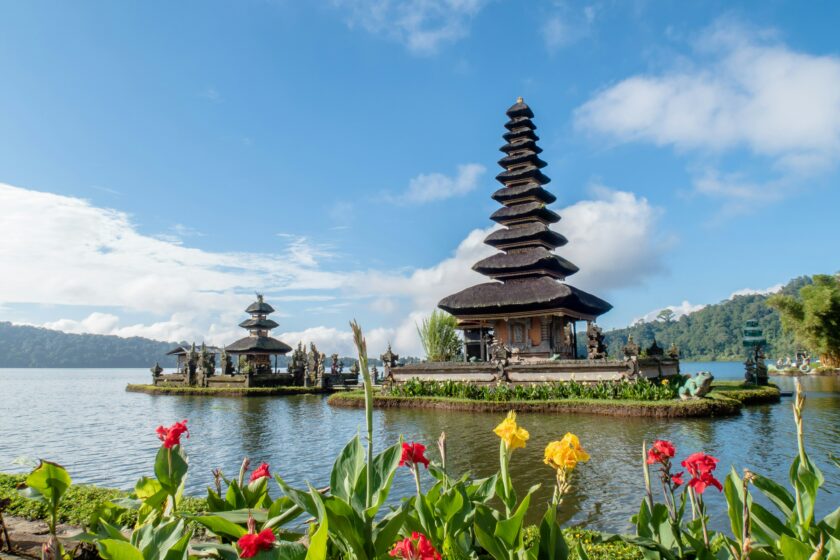
The Rich Heritage of Indonesian Cultures
The diverse cultures of Indonesia present a vibrant tapestry woven from centuries of history and tradition. With over 300 ethnic groups and 17,000 islands, each region showcases its unique customs, arts, and rituals. This rich heritage not only encompasses architectural marvels and culinary delights but also embodies the spirit of unity in diversity that defines the Indonesian identity. You are invited to explore this multifaceted cultural landscape, where each differentiating element contributes to a broader understanding of what makes Indonesia truly distinctive.
Ethnic Diversity and Traditions
Among the vast array of ethnic groups across Indonesia, you will discover unique traditions that vary significantly from one region to another. The Javanese, Sundanese, Balinese, and Batak communities, among others, each have their own traditional practices, ceremonies, and art forms that reflect their historical roots. Engaging with these cultures will enrich your understanding of Indonesia’s past and present, highlighting the importance of preserving ceremonies, storytelling, and traditional crafts.
Language and Communication
Language plays a pivotal role in the cultural fabric of Indonesia, enabling you to connect with the people and their stories. With over 700 languages spoken, Bahasa Indonesia serves as the national language, fostering communication across diverse ethnic groups. Understanding the linguistic landscape allows for deeper engagement with local traditions, enhancing your experience as you navigate through the archipelago.
At the heart of Indonesian communication lies not only the spoken word but also a wealth of non-verbal cues and cultural nuances. Familiarising yourself with common greetings, expressions, and local dialects can significantly enhance your interactions. Embracing the art of conversation helps you forge meaningful connections and appreciate the intricate layers of Indonesian society, while also showcasing your respect for the diverse languages spoken throughout the nation.
The Influence of Religion in Indonesian Society
One significant aspect of Indonesian society is its profound connection to religion, which permeates daily life, culture, and social norms. You’ll find that various faiths coexist, influencing everything from art to architecture, and even local customs. This vibrant tapestry of beliefs plays a pivotal role in shaping the identity of the Indonesian people, creating a diverse yet unified cultural experience.
Major Religions Practiced
Behind the diversity of Indonesian society lies a multitude of religions, with Islam being the dominant faith, embraced by the majority of the population. You may also encounter significant communities practising Hinduism, Buddhism, and Christianity. This rich blend contributes to a unique cultural mosaic, where religious practices are often interwoven with local traditions and customs.
Religious Festivals and Celebrations
Among the highlights of Indonesian culture are its vibrant religious festivals and celebrations that showcase the nation’s diverse spiritual landscape. You will witness the joyous occasions marked by traditional ceremonies, colourful processions, and community gatherings, reinforcing bonds among people and fostering a sense of unity. Each festival reflects the underlying beliefs and values of its faith, providing insight into the lives of its practitioners.
At these remarkable festivals, you’ll find a fusion of sounds, colours, and flavours that capture the essence of Indonesian culture. For instance, the Islamic celebration of Eid al-Fitr signifies the end of Ramadan, and is marked by prayers, feasting, and acts of charity. Similarly, Nyepi, the Hindu Day of Silence, calls for reflection and self-restraint, where the island of Bali observes a day of quietude. Each celebration also often incorporates traditional music and dance, allowing you to experience the rich tapestry of faith and heritage woven throughout Indonesia.
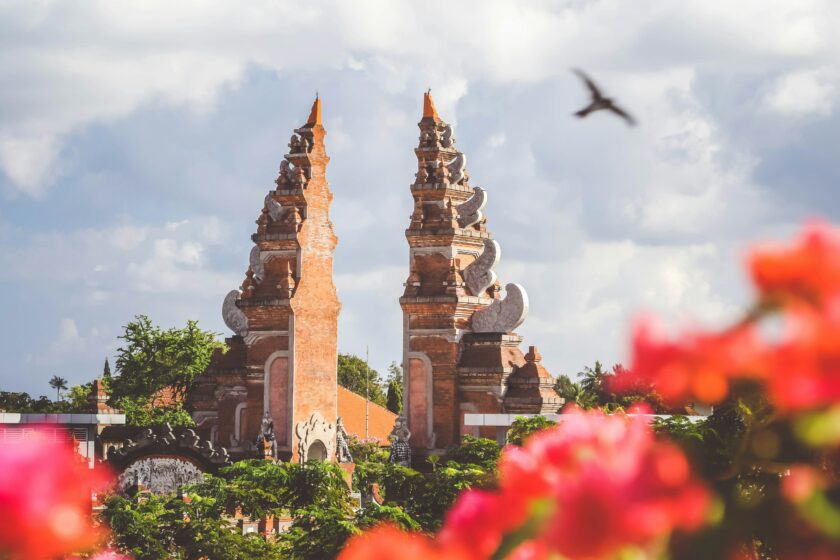
Historical Landmarks: A Journey Through Time
Some of the most remarkable historical landmarks in Indonesia offer you a unique glimpse into the rich tapestry of its past. From grand temples to remnants of colonial architecture, each site tells a story of its own and invites you to explore the diverse influences that have shaped this vibrant nation. As you venture through these ancient pathways, you will uncover layers of history that continue to resonate within the culture today.
Ancient Architecture and Archaeological Sites
Before the arrival of European powers, Indonesia was a melting pot of ancient civilisations. You can marvel at the stunning Borobudur and Prambanan temples, both UNESCO World Heritage Sites constructed between the 8th and 9th centuries. These magnificent structures reflect the artistry, religious devotion, and architectural genius of early Indonesian societies, serving as timeless reminders of the region’s historical significance.
Colonial Legacy and Its Impact
The influence of colonial powers has left an indelible mark on Indonesia’s cultural landscape. The arrival of the Dutch in the 16th century introduced new architectural styles, governance, and trade practices. Through your exploration of towns like Batavia, now known as Jakarta, you can witness the blend of European and indigenous cultures through colonial buildings, streetscapes, and public squares, providing insight into the complexities of colonisation and its lasting effects on modern Indonesian society.
In addition, the colonial legacy has shaped Indonesia’s socio-political landscape in profound ways. You will learn about the resistance movements that arose in response to foreign rule and the subsequent fight for independence. This historical backdrop adds depth to your understanding of contemporary Indonesia and its ongoing journey towards unity and identity, highlighting the resilience of the Indonesian people in reclaiming their narrative.
Culinary Diversity: A Taste of Indonesia
Despite being a vast archipelago comprising over 17,000 islands, Indonesia’s culinary scene showcases remarkable unity in diversity. Each region presents distinct flavours and traditions, making your culinary journey through Indonesia a rich tapestry of tastes. From the spicy delights of Sumatra to the sweet, aromatic dishes of Java, every meal tells a story, offering you a deeper insight into the nation’s cultural heritage.
Regional Cuisines and Ingredients
To fully appreciate Indonesia’s culinary richness, you must explore the regional cuisines and the unique ingredients that define them. Each island is characterised by its own specialities, using local produce and spices that reflect the land and climate. For instance, the use of fresh seafood in coastal areas contrasts sharply with the hearty dishes found in the mountainous regions, demonstrating how geography influences culinary practices across the archipelago.
Food as Cultural Expression
After savouring the local dishes, you will discover that food in Indonesia serves as a powerful medium of cultural expression. It embodies tradition, spirituality, and social bonds, heavily influenced by Indonesia’s diverse ethnic groups and histories. Each dish often holds significant meaning, from ceremonial offerings to festive celebrations, allowing you to connect with the people’s values and beliefs through the lens of cuisine.
The vibrancy of Indonesian food culture is deeply rooted in its rituals and communal practices. Sharing a meal is not only about nourishment; it is a way to strengthen bonds within families and communities. Many dishes are prepared for special occasions, such as family gatherings or religious ceremonies, illustrating how food can convey stories of heritage and identity. As you explore these culinary expressions, you gain insight into the intricate relationship between food, culture, and the Indonesian way of life.
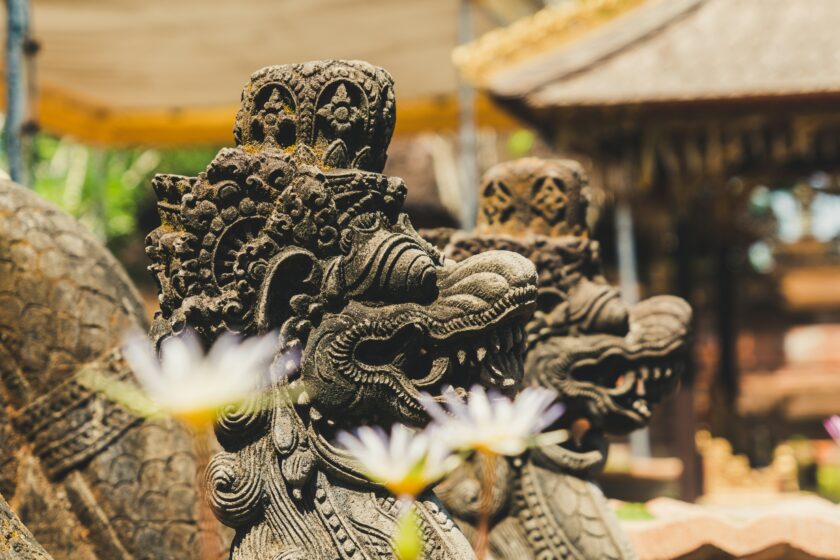
The Arts: Traditional and Contemporary
After centuries of rich cultural evolution, Indonesia presents a vibrant tapestry of traditional and contemporary arts. With over 300 ethnic groups, you will discover diverse art forms ranging from intricate textiles to modern installations. This creative landscape invites you to explore the country’s artistic expressions, which echo its historical and social narratives, providing insight into the lives of its people.
Craftsmanship and Art Forms
With an emphasis on both tradition and innovation, Indonesia boasts an impressive array of craftsmanship and art forms. You may encounter exquisite batik textiles, woodworking, and pottery, each reflecting local heritage and skill. Artisans often blend ancient techniques with contemporary influences, allowing you to appreciate the depth and evolution of Indonesian artistic expression.
Performing Arts and Cultural Festivals
At the heart of Indonesia’s cultural identity lies its performing arts and vibrant festivals. You will find that traditional dance, music, and theatre play a pivotal role in storytelling and communal celebrations. Each region showcases its unique performances, inviting you to experience the lively rhythms and intricate movements that have been preserved through generations.
It is during the cultural festivals where you can truly immerse yourself in the spirit of Indonesia. These events, such as Bali’s Nusa Dua Fiesta and Yogyakarta’s Festival Kesenian, encapsulate the country’s artistic heritage and contemporary creativity. You’ll experience a kaleidoscope of performances, from shadow puppetry to modern dance, creating an unforgettable celebration of local culture that invites you to connect with the community and its traditions.
Environmental and Ecological Significance
Many aspects of Indonesia’s environment contribute significantly to global ecological health. The country’s vast jungles and coastal areas act as vital carbon sinks, help regulate climates, and support countless species. Waterways and marine environments not only sustain local communities but also play an crucial role in the Earth’s biodiversity. Understanding these ecological interconnections is fundamental to preserving Indonesia’s unique landscapes and resources for future generations.
Biodiversity in Indonesian Ecosystems
With its rich array of flora and fauna, Indonesia boasts one of the highest levels of biodiversity in the world. From dense rainforests to marine reefs, you will encounter a multitude of species, many of which are endemic. This diversity not only supports local ecosystems but also offers invaluable resources for medicine, agriculture, and sustainable development, making conservation efforts all the more important.
Conservation Efforts and Challenges
Behind the beauty of Indonesia’s landscapes lies the pressing challenge of conserving its natural heritage. Unsustainable practices, such as deforestation, overfishing, and pollution, threaten the delicate balance of these ecosystems. Efforts to protect your environment, including community-driven initiatives and government policies, face significant obstacles, such as illegal logging and land encroachment. You play a pivotal role in supporting these initiatives, ensuring that Indonesia’s unparalleled biodiversity endures.
Also, the complexities of conservation in Indonesia highlight the need for collaboration among various stakeholders, including local communities, non-governmental organisations, and governments. By engaging with these efforts, you can help raise awareness of the importance of preserving biodiversity. Supporting ecotourism, promoting sustainable practices, and advocating for stricter environmental policies are all ways you can contribute to meaningful change. Balancing economic growth with the preservation of vital ecosystems remains a continual challenge, but your involvement is crucial for fostering a sustainable future.
To wrap up
Upon reflecting on your journey through the cultural and historical tapestry of Indonesia and beyond, you gain a deeper appreciation for the intricate narratives woven into each region. Your understanding expands as you explore the diverse traditions, art forms, and historical milestones that shape the identity of these vibrant communities. This adventure not only enriches your knowledge but also fosters a greater respect for the rich heritage that influences our global society. As you continue to explore, may you find inspiration in the stories and experiences that connect us all.

